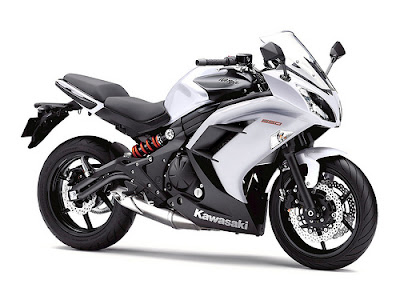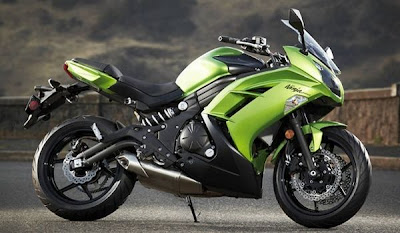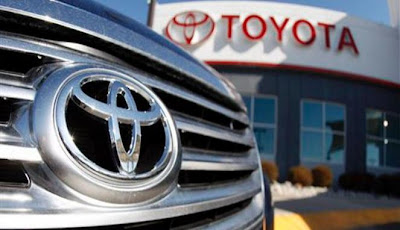It's been a pretty big week in the auto world. We already got a
glimpse of the successor to one legendary sports car. Now we have a look
at a successor to an even more legendary and timeless car. Jaguar has
revealed the all-new F-Type convertible, the spiritual successor to the
E-Type born in the 1960s.
If 100 different people had to scour the history of automotive design
to come up with their own top 10 lists of the purest, most beautiful
car designs ever, you wouldn't be crazy to expect 100 lists with the
Jaguar E-Type on them. And the it would probably be toward the top of
each list more often than not.
If you think we're exaggerating, or injecting a little too much
subjectivity, consider that Enzo Ferrari, the founder of a company
famous the world over for beautiful car designs, was so overcome with
the E-Type upon seeing it that he called it "the most beautiful car ever
made." That quote rolled off Enzo's tongue in complete disregard to the
fact that, if not a Jaguar, the title of "most beautiful car ever"
would very likely belong in the hands of his very own company. In 2008,
the Daily Telegraph agreed with Ferrari, ranking the E-Type
number 1 on its list of "100 most beautiful cars" and explaining that
the Jag received four times as many votes as the nearest competitor.
The E-Type may very well be the closest we'll ever have to an objective "most beautiful."
In framing the F-Type as a modern-day successor to the E-Type, Jaguar
set itself up for both hype and scrutiny. The story isn't about a
sporty, new Jaguar convertible; it's about how good the car looks and
how well it reinterprets the E-Type's unforgettable curves.
The first chapter of that story is written today. The first photo of
the unclothed F-Type has surfaced for the world to see. One photo isn't
enough for a full comparison, but it does get the conversation started
with both full frontal and diagonal-profile views of three F-Types.
We may not have been around to witness the unveiling of the E-Type,
but we'd have to think there was a little more breath-stealing and drama
than in the case of this F-Type. The car is definitely a slick
roadster, and reminds us a little of a down-market Mercedes SLS AMG, but
upon first look, it seems to lack the timeless 'it' factor of the
E-Type entirely. It's a roadster, not THE roadster, and while Jaguar
shouldn't have a problem moving them off the showroom floor, we don't
think anyone will mistake it for the world's most beautiful car. It's
styling is content to fall sleepily in line with Jaguar's current
line-up, rather than standing out.

We would have loved to see Jaguar stay true to the smooth, flowing,
uninterrupted look of the E-Type. Instead it busies things up with a
broad front-end, a bunch of roughly cut air intakes and some sharp
lines. Perhaps, it'll come together better when we see it from rear and
profile angles, but for now, it just doesn't live up to the hype
inherent in an E-Type successor. Then again, that's a pretty big balloon
to fill, and most any car design would run out of breath long before
finishing the job.
The F-Type will be offered as a rear-wheel-drive convertible. Buyers
will have three engine options: 340-hp and 380-hp versions of Jaguar’s
new supercharged 3.0-liter V6 and a new derivative of its supercharged
5.0-liter V8.
"Fundamentally, a great sports car is one you’ll look forward to
driving because it’s fun, and the F-TYPE definitely delivers on that
score," says Mike Cross, Jaguar's chief engineer for vehicle integrity.
"We’ve worked hard to make sure that responses to steering, throttle and
brakes are absolutely immediate, a task made far easier by the rigid
aluminum structure at the car’s base."
That's about all Jaguar has to say for now. We'll have more details
after next Thursday's Paris unveiling, including Jaguar's chance to
explain, point for point, why the F-Type is indeed the E-Type
reincarnated for a new generation. In the meantime, you can take an
in-depth look at the E-Type and other notable predecessors in our
original
F-Type preview.
If you're more into hearing the engine than ogling the body, you
should enjoy the video below. The F-Type wears black-and-white camo, but
you can hear the purr of its engine and watch it carve up the track.
+11.jpg)
+10.jpg)
9.jpg)
8.jpg)
7.jpg)
6.jpg)
5.jpg)
3.jpg)
2.jpg)
.jpg)






+11.jpg)




